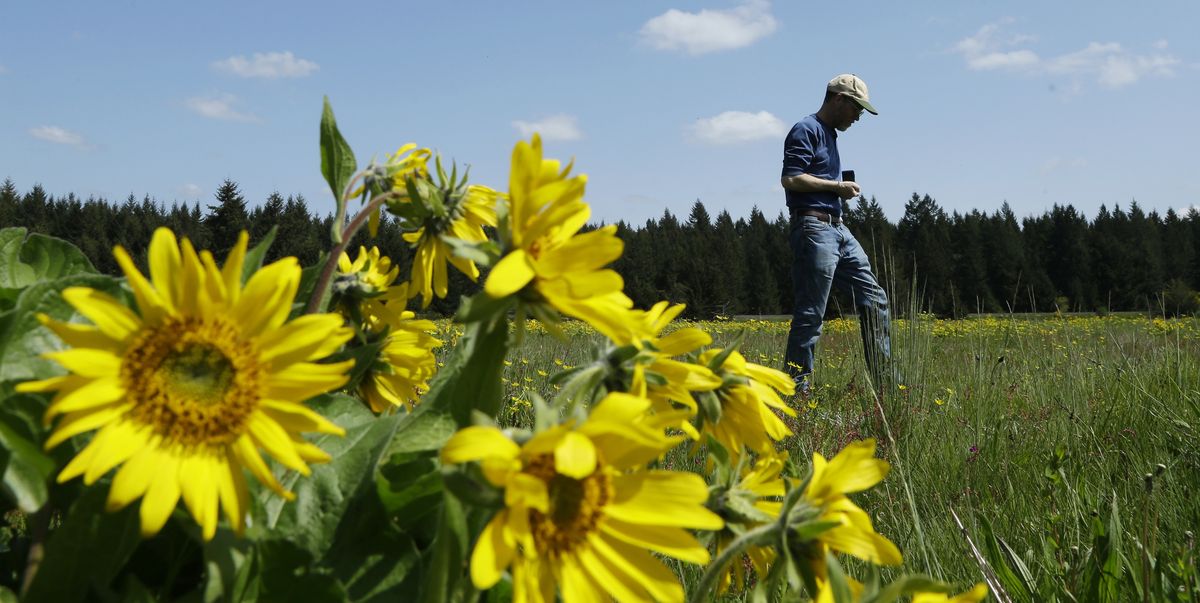Plight of the butterfly: Military base working to protect habitat

JOINT BASE LEWIS-MCCHORD, Wash. – An undeveloped stretch of native prairie in south Puget Sound offers one of the few habitats in the world where a 2-inch colorful checkered butterfly thrives. It also happens to be the main artillery impact range for Joint Base Lewis-McChord.
The Army’s Stryker combat brigade and other troops regularly practice military maneuvers and live-fire training on acres of scenic, open grassland where a small population of Taylor’s checkerspot butterfly feed on nectar of native blooms, mate and lay eggs.
The butterfly’s listing as a federal endangered species last fall “has the potential to cause major restrictions on training,” said Jeffrey Foster, an ecologist at the military installation.
That has the Army working to boost the numbers of butterflies, once found at more than 70 sites in Puget Sound, Oregon and British Columbia but now reduced to 14 sites. The effort mirrors others by the Army at installations around the country.
From Maryland to Louisiana to Colorado, the Army has been conserving buffer areas around bases to limit urban development, while also preserving and restoring habitat for rare species such as the red-cockaded woodpecker and the golden-cheeked warbler.
So far, the program has preserved more than 200,000 acres of land.
At JBLM, the program is helping not only the Taylor’s checkerspot butterfly but also the streaked horned lark and Mazama pocket gopher.
Last October, the U.S. Fish & Wildlife Service concluded the Taylor’s checkerspot was in danger of becoming extinct and designated nearly 2,000 acres in Clallam County, Puget Sound and Oregon’s Willamette Valley as critical habitat for the creature.
The agency said it considered “military training under present conditions a threat to the short-term and long-term conservation of the Taylor’s checkerspot.” The eight-wheeled, armored Stryker vehicle and soldier foot traffic can crush larvae and damage plants the butterflies rely on.
The Army has been working with the state, the Center for Natural Lands Management and others to preserve and restore habitat, both on and off the military installation, so the butterflies could be reintroduced.
The military and its partners have committed about $35 million and protected several thousand acres of land in and around JBLM for multiple species. It will likely take years to increase the butterfly’s numbers, but those working on the effort are already seeing some success.
Taylor’s checkerspot butterflies are establishing at two of three sites at JBLM and on two other sites near Olympia where they have been reintroduced.
“We’re in a much better position now than we were five years ago,” said Mary Linders, a conservation biologist with the Washington Department of Fish and Wildlife.